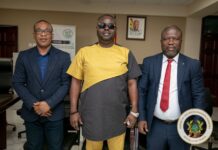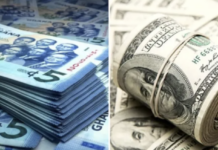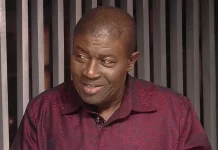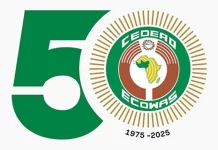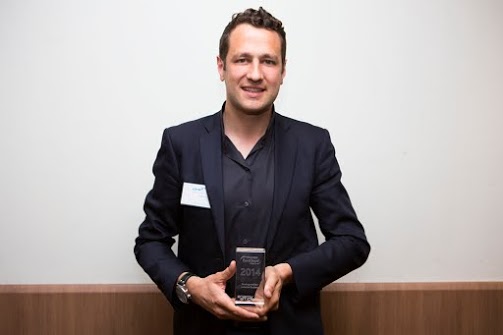
Using algorithms and analytics (as well as smart glasses), a French startup identifies potential energy savings for industries from cheese manufacturers to particle accelerators
Walking into Energiency’s office, a portable cabin in a technology park in northwest France, visitors come upon several large monitors and computer scientists sitting behind them, hacking away at lines of code. They’re tinkering with the nuts and bolts of technology that helps factories to optimize their energy performance. The room is devoid of colorful bean bag chairs or foosball tables, the clichéd office accessories of tech startups. Instead, the young founder, Arnaud Legrand, is surrounded by boxes of smart meters, interface cards and motors commonly used in industrial equipment.
Energiency’s aim is to reduce industries’ massive energy consumption (and environmental impact) through data collection and analytics, by fusing big data, cloud computing and the so-called Internet of Things. The award-winning software is already available on mobile devices and desktops. But the two-year-old startup’s most exciting innovation comes on the market next year: Energiency Augmented, smart glasses that recognize machinery in a factory using QR codes, the square matrix-type barcode.
The glasses are reminiscent of the head-up display in the Terminator films, where transparent displays present information over an image of the real world. Real-time data from factory machinery is fed into the system and processed by algorithms. Analysis in the form of colorful charts, graphs and notifications all give valuable energy information such as electricity consumption to the wearer. Turn up the power on the machine and the glasses immediately respond, telling operators when they’re reaching optimum production or if they’re being inefficient.
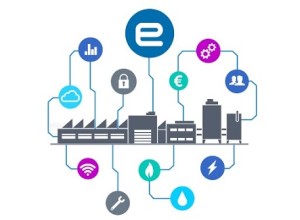
Before founding Energiency, Legrand worked as an industrial energy consultant, delivering analysis of equipment in factories—taking readings, compiling statistics and giving recommendations. “Then big data came along,” he said. Whereas his old reports went out of date quickly and were not very flexible, identifying energy savings could now be done immediately.
After pitching his idea to a hub for technology-focused entrepreneurs, Legrand struck a deal to license patents from a public research institute. These form the core of the algorithms that provide statistical modeling within Energiency’s cloud-based software. They read vast amounts of data and make sense of it, a process described as machine learning. The software identifies trends and provides notifications for all the processes within a factory, displayed via the app—or, in the future, the smart glasses.
Funding for Energiency initially came from the French public investment bank Bpifrance and the Brittany regional development agency, who put in half a million euros (US$560K). The startup, which sells its service on a subscription-based model, has grown quickly over the last two years, employing 10 staff, many recruited from the French Institute for Research in Computer Science and Automation. In 2014, two startup accelerators got involved with an additional €150,000 of funding in return for equity.
Energiency’s first client was Triballat Noyal, a food processing company headquartered in Brittany which manufactures cheese, soy and organic products. Lucas Le Provost, Triballat Noyal’s energy project manager, said one of the driving factors for their company was the gain in competitiveness. The firm now has some 1,000 smart meters bringing analytics to all their production lines.
After applying the technology to food processing, the startup expanded to different economic sectors, including the French post office. It has partnerships with France’s Atomic Energy Commission and the SOLEIL synchrotron facility, a particle accelerator near Paris.
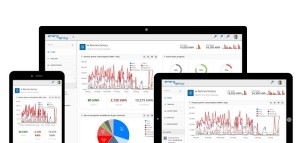
But the paper manufacturer Norske Skog is the company’s biggest test so far. The Norwegian firm’s operations in France use around 1 terawatt-hours (1,000 gigawatt-hours) of electricity a year, equivalent to 0.2 per cent of the country’s total supply. (To put this in perspective, France generated a total of 541 terawatt hours of electricity in 2014.) Using Energiency’s technology, Norske Skog is targeting a 3 percent savings in energy, according to Sophie Granju, who manages energy performance.
Energiency is currently installed in dozens of factories in France, and by adding a new factory every week, hopes to reach 100 factories by the end of 2015. Ambitious targets, but Legrand said it is a “winner takes all” race where pushing business development is key. Noting that some clients are already saving up to 15 percent in water, gas and electricity, he touts an ambitious target of 20 percent for factories that have not yet done any optimization.
Energiency does have competitors. Other companies in the UK, US and Ireland offer various levels of sophistication in energy analytics. But Legrand says Energiency’s strength is its algorithms and innovative use of wearable technology, and he expects his company to be profitable soon. He recently agreed to an informal business development arrangement with French multinational utilities company Engie (formerly GDF Suez) and intends to expand globally.
Legrand was also planning to move his offices out of the portable cabin this fall and into a bigger, more permanent space. Can bean bag chairs be far behind?
By Daniel Finnan for Sparknews


